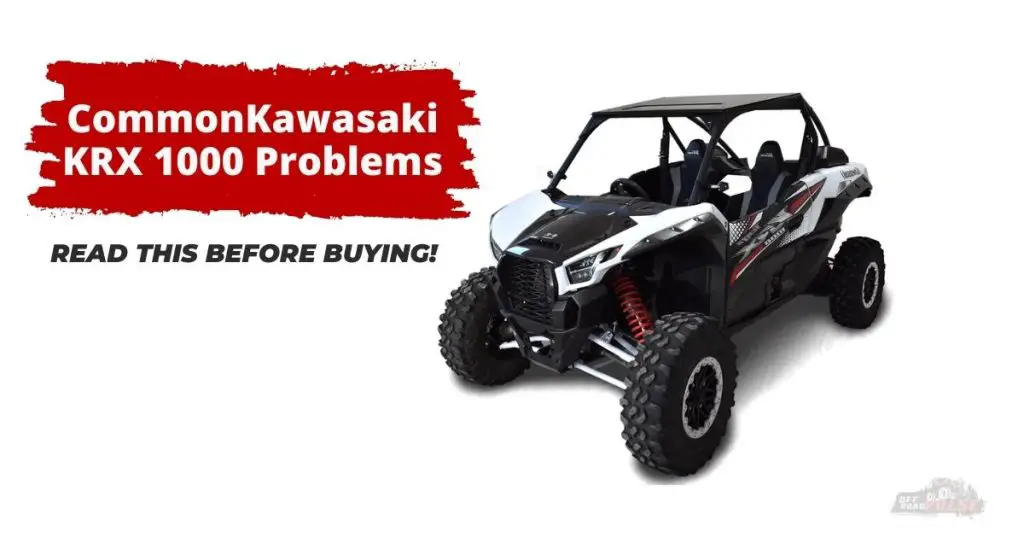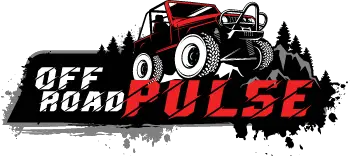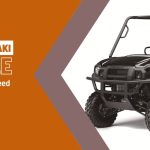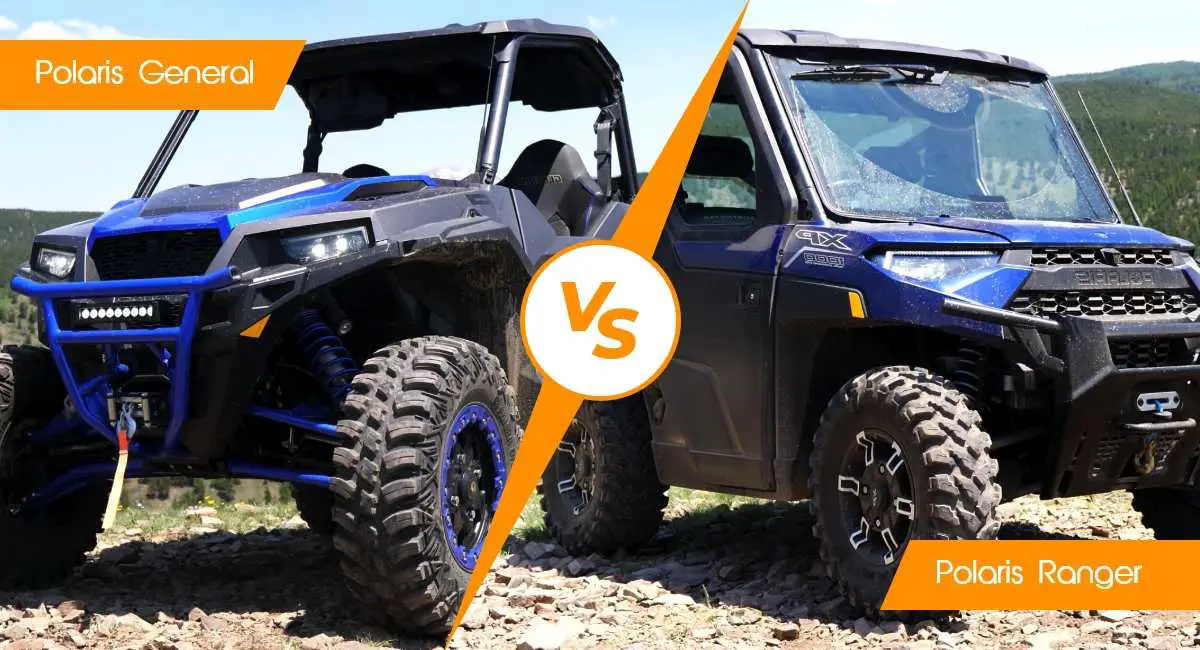The KRX 1000 is a powerful and versatile modern-performance UTV. Kawasaki unveiled this off-road vehicle in 2019, with its release date set for October 2020. Soon after its release, the KRX 1000 became a hit among outdoor lovers that want speed and comfort when hitting rough terrain. A 999cc, 4-stroke, parallel-twin, liquid-cooled engine powers the UTV and generates 76.7 lb-ft of torque, providing a fantastic off-and-on-road experience.
The slightly longer wheelbase of the KRX 1000 allows for extra fuel capacity and additional storage space in the back compared to any other pure-sport side-by-side. While, Kawasaki’s side-by-sides offer a high-performing engine, an appealing design, and durability, which we’ve come to expect from Kawasaki vehicles over the years. Unfortunately, this incredible vehicle has several problems. While it can be challenging to identify and repair these Kawasaki KRX 1000 problems, this article will cover significant issues, diagnoses, and repair tips.

List Of Common KRX 1000 Problems
Since the release of the KRX 1000, it has been one of the top-selling off-road vehicles. As it’s been in use for over three years, riders have criticized a few aspects of the UTV, with its faulty brakes being among the most significant problems. While some of these faults are design-based or technical, others appear after the long-term use of this vehicle.
Clutch Troubles
One of the major issues plaguing the KRX 1000 is its stock clutch. Several owners have reported immoderate clutch drag, making shifting gears difficult. Kawasaki KRX 1000 clutch problems also cause noticeable signs like grinding noises while shifting and stiff pedals. These problems with the clutch often stem from 2 elements of the clutch setup — the rollers and the weight.
Solution
Users can take a few steps to help avoid a failing clutch. The ideal practice for owners is to turn off the engine when stopped for long periods instead of letting the KRX 1000 run idle. Additionally, professionals recommend that users clean their entire clutch system every 300 miles by blowing out the secondary and primary clutches.
Faulty Brake Pedal/Pad
Every off-road vehicle needs a replacement of brake pedals or pads after a while, as the constant utilization of these crucial parts results in wear and tear. This is, however, a prevalent problem in Kawasaki’s KRX 1000, particularly in the 2021 model.
Several owners also revealed that their side-by-side rear brakes last much longer than the front ones. Due to the KRX 1000’s faulty brakes, you may have to exert extra force on its pedal to stop the UTV. While worn-out brake pedals are the primary cause of damaged brakes, other contributing aspects include damaged brake lines, filthy brake fluid, and spilling brake fluid.
Solution
Start by inspecting the brake pedals, which are the primary cause of brake faulting, and change them if they are damaged. The presence of brake fluid underneath the UTV signifies a leak from the brake master cylinder. Therefore, consider fixing this leak by welding or completely replacing the part. Additionally, change the brake fluid if it’s dirty.
Engine Overheating
If you’d like to ride your UTV across hilly terrain for long hours, then the KRX 1000 might not be your best off-road vehicle. Running side-by-side for long periods increases the engine’s temperature. While this may seem minor, it can lead to other technical issues for the UTV. Many owners have complained about this problem, which makes the vehicle a wrong choice during the summer.
Solution
When riding the KRX 1000 for long periods, it’s essential you aid the engine in producing more power. Therefore, consider a snorkel kit installment for the vehicle’s drive belt. Snorkel kits reduce the engine’s internal temperature while protecting it from mud. Additionally, professionals suggest using plastic to insulate the engine to protect it from getting to higher temperatures.
Belt Faults
Many users have reported irritating squealing sounds from the KRX 1000 when they ride it downwards or up a hill. This squealing noise mainly begins after 1000 – 1500 miles of non-stop driving. The source of Kawasaki KRX 1000 belt problems often stems from a faulty drive belt.
The noise can also occur when the drive belt is wrongly installed — too loosely or tightly. In addition, riding this UTV for too long gradually wears the drive belt out, giving rise to this problem.
Solution
Firstly, you have to inspect the installation of the drive belt and ensure it’s satisfactory. Also, consider replacing the drive belt if you discover it’s old or damaged, as this will help maintain the UTV’s performance and prevent belt splitting. Replacing damaged drive belts will also aid in avoiding wrong or inappropriate transmission in the engine.
Defective Fuel Gauge
The Kawasaki KRX 1000’s fuel gauge is wildly inaccurate, as it often fluctuates during rides, leaving users guessing how much gas they have remaining in the tank. This occurs due to a design flaw in the fuel sensor/float inside the fuel tank. The sensor rests on a plastic lip inside the tank, so it’s unable to move to the tank’s base as it’s supposed to while the fuel empties. This then causes the defection of the fuel gauge.
Solution
For starters, you could locate the fuel tank and bend the sensor’s arm outward and downward. By making this slight adjustment, the sensor can move up and down completely, giving the users a more precise fuel reading. You can also resolve this issue by installing an after-market fuel gauge on your off-road vehicle.
Spring Sag
Another notable problem in the Kawasaki KRX 1000 is the spring sag. The stock front and rear springs will begin sagging under any extra weight as time passes, especially after reaching about 300 – 500 miles of driving. As a result, the machine’s ground clearance is negatively affected, with owners only getting about 11 inches instead of the 14 inches listed.
The primary reason for the spring sag is that the stock springs used by the manufacturers in the KRX 1000 aren’t of the best quality. While riders can fine-tune the preload on these springs to neutralize the sagging for a while, the sag will eventually overcome the preload adjustment.
Solution
Installing tender springs is the most viable solution to this problem. Tender springs are more durable than stock springs; therefore, they will last much longer while improving the ground clearance of the KRX 1000.
Transmission Problems
The transmission of the KRX 1000 is also a major nuisance. When you put your UTV into drive, you will often hear loads of clunking and banging sounds. In addition, the KRX 1000’s idles too high and grinds when it’s shifted into gear, which signifies a failing transmission.
Solution
The obvious fix to the Kawasaki KRX 1000 transmission problems is replacing the transmission parts. Whether your vehicle makes clunking sounds when put into drive or it idles too high, replacement transmission components are the best way to deal with this problem.
Also Read: Kawasaki Mule 4010 Problems: Their Causes and Simple Fixes
Conclusion
The problems listed above are the most common issues plaguing this powerful, modern off-road vehicle. While the Kawasaki KRX 1000 is considered one of the all-around best pure-sport side-by-sides in recent times, riders should know that they mightl experience at least one of these problems. Therefore, they should be prepared to take the necessary proactive steps to overcome and avoid them.




